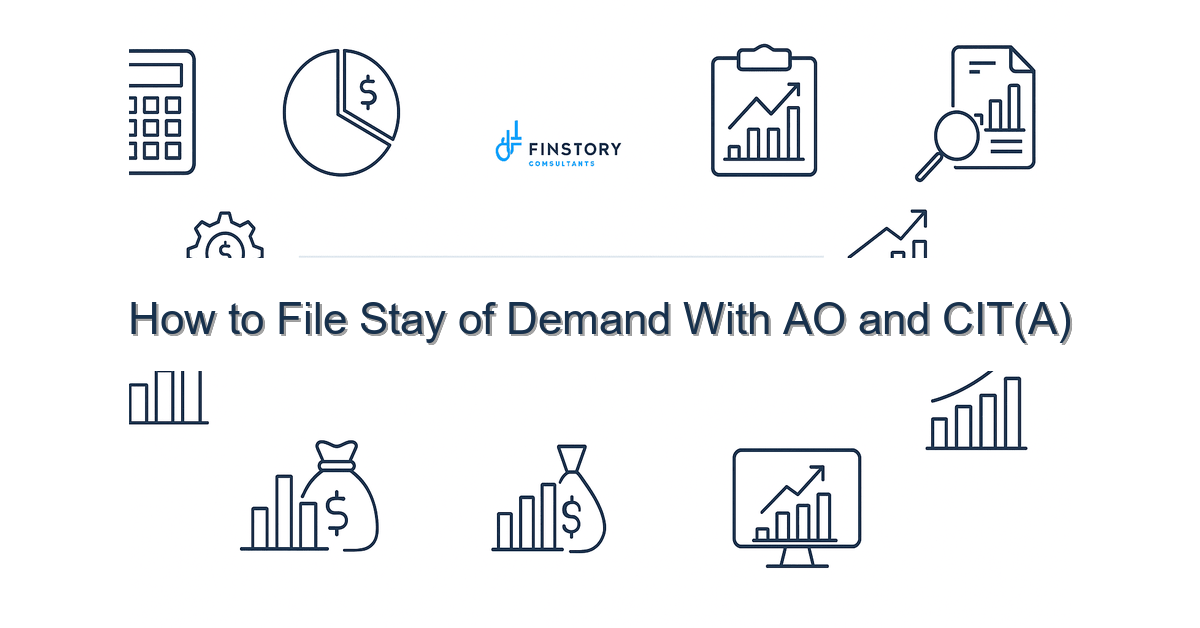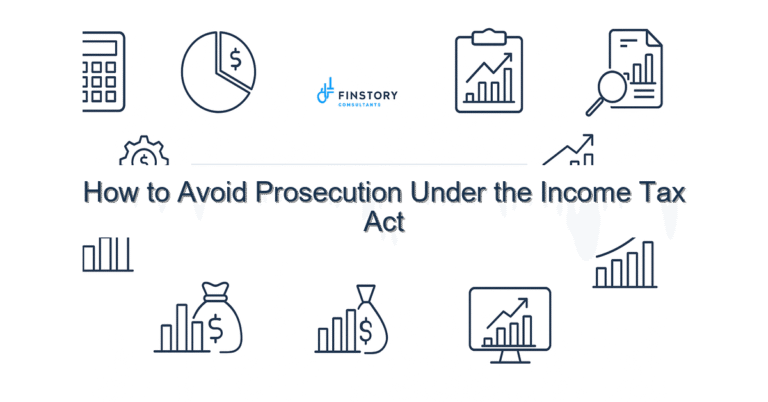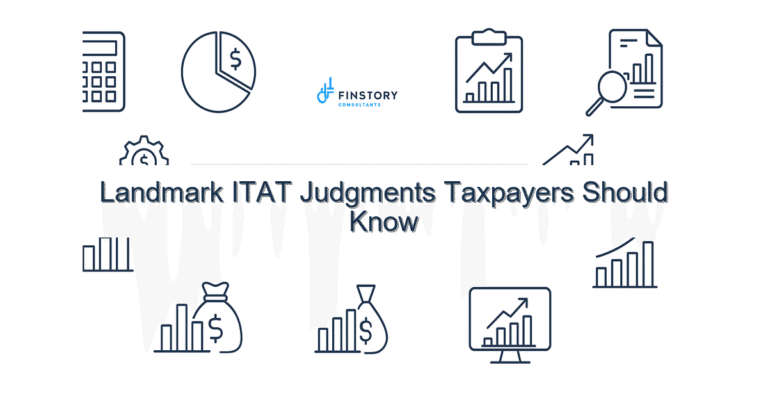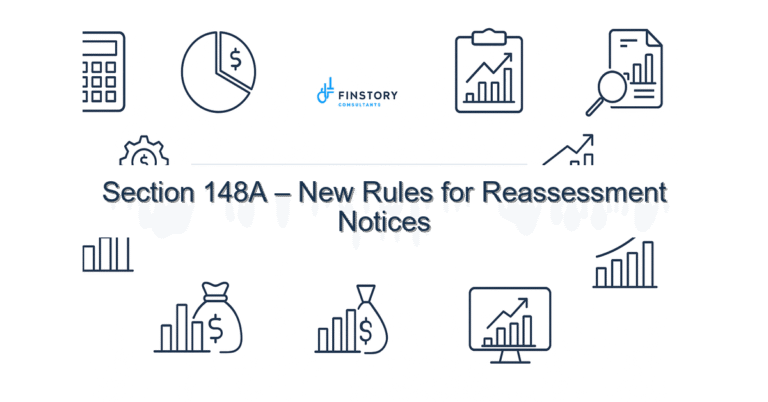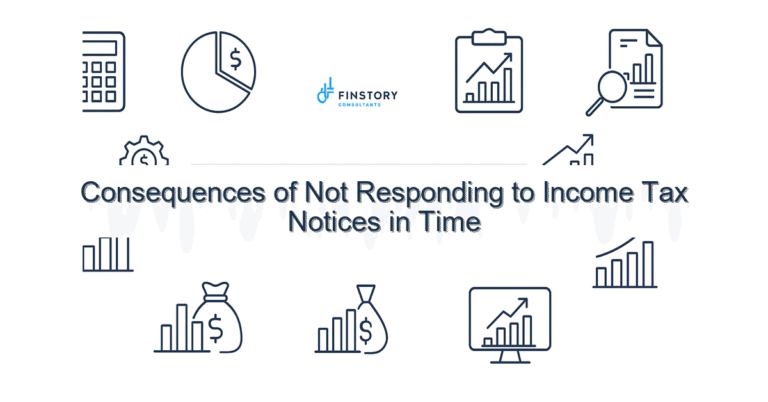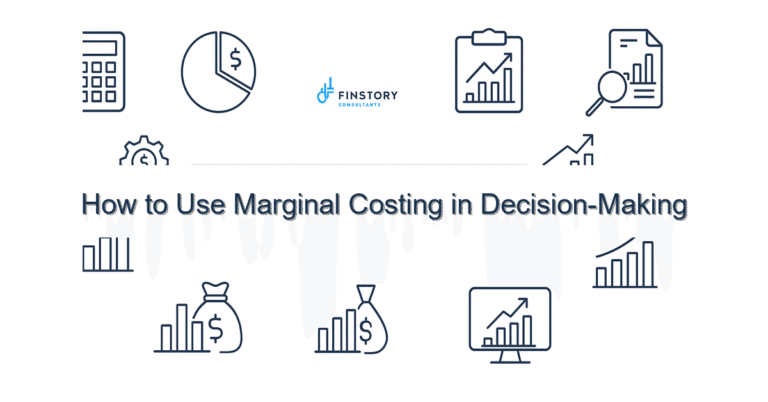How to File Stay of Demand With AO and CIT(A)
Receiving a demand notice from the income tax department is stressful. Salaried employees, professionals, founders and MSMEs all worry about recovery, penalties and cash-flow impact—especially when notices arrive after the ITR filing last date.
Summary: This post explains, in plain Indian terms, how to request a stay of demand with the Assessing Officer and with the Commissioner of Income Tax (Appeals), common mistakes to avoid, a practical 5-step framework, a checklist you can act on this week, and when to contact Finstory for a personalised plan.
What’s the real problem in India?
Not all demands are correct, but the recovery process is fast and can hit bank balances before you can appeal. Taxpayers face confusing timelines (assessment year vs previous year), different formats of orders and time limits from CBDT, and multiple forms to track—papers that often don’t match AIS/26AS or TDS/TCS records.
- Symptom 1: You get a demand after the ITR filing last date and your bank account shows a recovery notice.
- Symptom 2: The AO’s computation doesn’t reconcile with your AIS/26AS or bank statements.
- Symptom 3: You are unsure whether to pay, furnish a bank guarantee, or apply for stay with CIT(A).
What people get wrong
Common pitfalls are procedural rather than technical. Many taxpayers react emotionally by paying the demand fully to stop recovery, losing bargaining power for an appeal. Others file appeals without first seeking an interim stay or fail to present a clear computation of the disputed amount. Misreading TDS/TCS entries on AIS/26AS, confusing AY/PY, or not checking capital gains indexation can also lead to weak stay applications.
A better approach
Think protection first, then persuasion. Protect your cash-flow with an interim stay while you build the merits of your appeal.
- Assess and document the dispute: get the AO order, reconcile with AIS/26AS, bank statements and the ITR you filed.
- Apply to the AO for suspension of recovery: include a short factual narration, disputed amount, and supporting documents. Propose security if necessary.
- If AO refuses or recovery continues, file an application for stay with CIT(A) at the time of filing your appeal. Include grounds, hardship statement, and computations.
- Offer alternate security: bank guarantee, bond, or pre-deposit if applicable. Explicitly state your financial hardship to support a limited stay without full pre-deposit.
- Keep records and escalate at the right time: if the stay is denied, file for reconsideration or pursue other statutory remedies while preparing for appeal hearing.
Real-world example: A Chennai-based consultant faced a 7 lakh demand after a TDS mismatch. By reconciling AIS/26AS and filing a concise stay application with CIT(A), she secured a 6-month recovery stay on furnishing a 2 lakh bank guarantee while dispute resolution proceeded. That interval allowed her to avoid urgent liquidation of investments that were under Section 80C limit claims.
Quick implementation checklist
- Obtain the full assessment order and notice immediately; note the demand headwise (tax, interest, penalty).
- Reconcile the AO computation with AIS/26AS and your books or bank statements.
- Prepare a short stay application to AO: facts, disputed amount, copy of ITR and proofs, and hardship note.
- If AO says no or recovery continues, file appeal with CIT(A) and attach a stay application to the appeal.
- Propose security options: pre-deposit figure, bank guarantee, or bond. State inability to pay if applicable.
- Keep evidence of TDS/TCS credits and reconciliations handy (screenshots of AIS/26AS, Form 26AS reports).
- Track timelines on the e-filing portal and save acknowledgements; note appeal and stay application numbers.
- Put a contingency plan: short-term liquidity, negotiate instalments where possible, and plan for ITR amendments if needed.
- Contact a tax adviser before submitting a bond or bank guarantee to understand exposure.
What success looks like
- Recovery stayed pending appeal, preventing bank levy or attachment.
- Lower effective pre-deposit or security than the original demand.
- Faster disposal of the appeal with fewer adjournments.
- Refund or reduction of demand after successful appeal on merits (measurable % reduction).
- Improved cash-flow planning — no forced sale of investments or business assets.
Risks & how to manage them
There are two main risks: the stay application may be denied, and giving security (bond or guarantee) creates contingent liabilities. Manage these by preparing strong factual reconciling documents, proposing limited or conditional security, and, if necessary, requesting time to furnish security while the appeal proceeds. Keep a documented hardship record to support a stay request without full pre-deposit.
Tools & data
- AIS/26AS: Reconcile every TDS/TCS and refund entry before you apply.
- Income tax e-filing portal: file appeals, upload stay applications and track status online.
- TDS/TCS tracking tools and bank statements: ensure every credit is supported by Form 16/16A or contract records.
- Capital gains indexation tables and your records if the demand relates to sale of assets.
- Keep ITR copies and notes on new vs old regime slabs, Section 80C limit claims, and any previous adjustments handy when explaining the dispute.
FAQs
Q: Can I get a stay without paying the full disputed tax?
A: Often yes. CIT(A) or AO may grant an interim stay subject to conditions like part pre-deposit, bank guarantee or bond. The decision depends on facts, hardship and strength of your reconciliation.
Q: How long does a stay last?
A: There is no fixed national timeline. Stays are typically until disposal of appeal or for a specified period. Track timelines on the e-filing portal and seek extensions if necessary.
Q: What documents are most important for a stay application?
A: Assessment order, demand notice, ITR filed, AIS/26AS reconciliation, bank statements, Form 16/16A, and a clear computation of disputed amounts and hardship statement.
Q: Should I file a stay with AO or directly with CIT(A)?
A: Start with AO if recovery is imminent; attach a stay application when you file appeal with CIT(A). If AO refuses or recovery continues, escalate to CIT(A) immediately.
Next steps
If you have a demand notice, do not ignore it and do not rush to pay without exploring stay options. Use the quick checklist above to preserve cash and build your case. For complex disputes involving TDS/TCS mismatches, capital gains indexation or multi-year adjustments, expert help speeds resolution and reduces risk.
[link:ITR guide] [link:tax-saving tips]
Work with Finstory. Speak with an Expert for a personalised plan to reduce your tax outgo and stay compliant. Book a free 20-min consultation.
📞 Need help with Income Tax in India?
Book a 20-min consultation with our tax team. Individuals, founders & MSMEs welcome.
Prefer email or phone? Write to info@finstory.net
or call +91 44-45811170.
